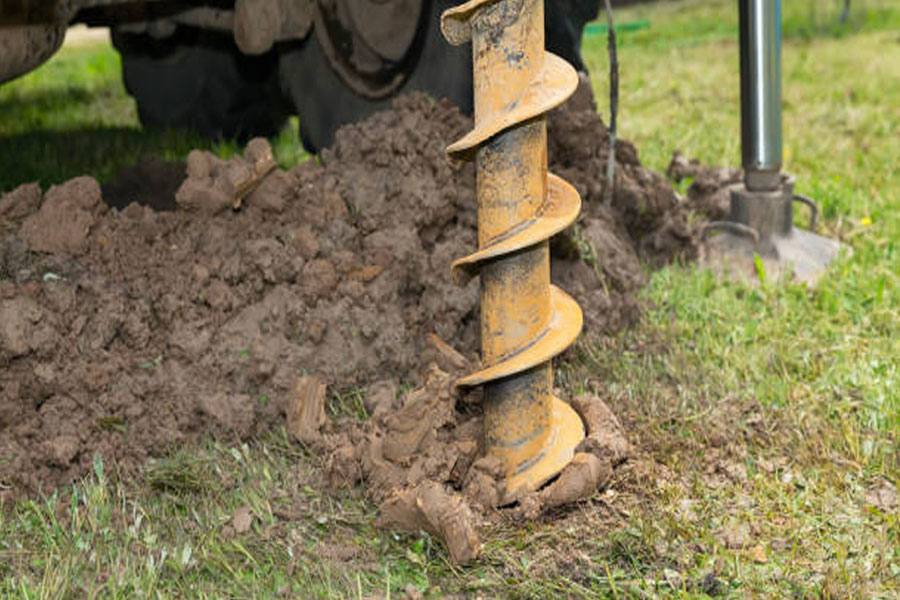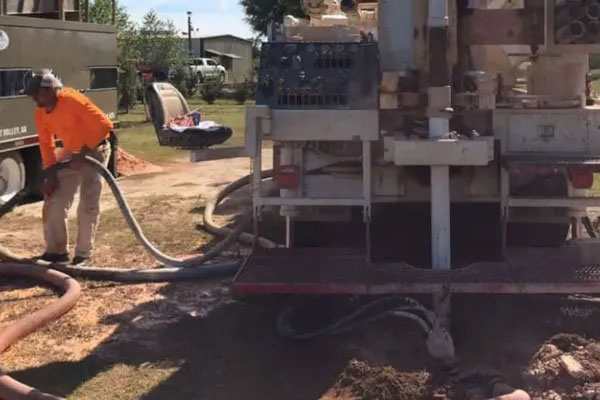Knowledge About Well Drilling
Well drilling is a critical component in harnessing the natural resources preserved beneath our feet. It’s used globally, serving as a reliable source of water for drinking, irrigation, and industrial use. Wells aren’t one-size-fits-all; they encompass different types, such as dug wells, which are the oldest and are often shallow, driven wells that use a pipe driven into soft ground and drilled wells that reach deeper aquifers. When considering drilling a well, understanding the geological layout of your area is paramount. This involves assessing the soil structure, water table depth, and potential contaminants to ensure that the well drilling process is both safe and successful. Properly drilled wells through professional well services offer a sustainable way to access groundwater, emphasizing the importance of planning and execution in attaining desired outcomes while minimizing environmental impacts.
Key Steps in the Well Drilling Process
The well drilling process is comprehensive, encompassing several detailed steps. Planning and site assessment form the foundation of any successful drilling project. An accurate assessment identifies the most viable location for well placement, considering factors like property layout and existing utilities. This stage often involves a hydrologist or geologist who can provide insights into the subterranean landscape. Once the planning phase is complete, selecting the appropriate drilling method is crucial. For instance, rotary drilling is preferred for its efficiency and capability to penetrate hard rock, while cable tool drilling, although slower, is ideal for smaller or more manageable projects. Safety precautions remain a consistent theme throughout the drilling process. For the safety of their employees and the success of their projects, teams need to be ready for unforeseen circumstances like equipment breakdown or bad weather.
Choosing the Right Equipment and Techniques
In the realm of well drilling, the selection of equipment and the application of suitable techniques can greatly influence the outcome and efficacy of a project. Cutting-edge technology is used in modern drilling projects, which not only increases productivity but also lessens its negative effects on the environment. The choice of equipment varies based on the geology of the drilling site and the depth of the well. Technologies like sonic drilling and hydraulic fracturing have revolutionized how wells are drilled, promoting precision and reducing the potential for groundwater contamination. Challenges such as drilling through tough rock formations or dealing with unexpected soil conditions can be mitigated through strategic planning and by leveraging advanced technologies. By meticulously aligning equipment choice with project requirements, well drillers can significantly enhance operational efficiency.
Importance of Regular Well Maintenance
Regular maintenance is paramount to ensure the longevity and efficiency of a well system doesn’t end with its installation. Routine maintenance serves as a preventive measure against potential issues such as water contamination, mechanical failures, or reduced efficiency. Typical maintenance tasks include annual inspections of the wellhead, monitoring water levels, and ensuring that the pump is functioning correctly. Recognizing signs of system failure, like a sudden change in water quality or flow rate, can lead to timely interventions that prevent substantial issues and expenses down the line. These proactive steps safeguard not only the physical well structure but also the quality of water it provides. Communities prioritizing well maintenance often benefit from safe and sustainable water supplies, reflecting prudent resource management.
Environmental Considerations
The interaction between well drilling activities and the surrounding environment is complex. Drilling operations have the potential to impact local ecosystems, especially groundwater supplies and the flora and fauna they support. It is crucial for drilling companies to engage in environmentally responsible practices. Selecting well locations that avoid sensitive habitats and adhering to regulations about waste disposal are essential steps. Keeping disturbances to a minimum by using less invasive drilling methods also curtails negative environmental impacts. To understand the dynamic relationship between wells and groundwater, the USGS guide on aquifers provides an excellent resource. It emphasizes the need to balance water extraction with ecosystem health, ensuring that water sources remain viable for future generations.
Tips for Sustainable Well Management
Effective water management revolves around the sustainable use of well systems. As communities strive to preserve water resources, simple practices can make a considerable difference. Regularly testing water quality helps detect potential contamination early, allowing for corrective actions. Communities should also invest in water conservation strategies like using low-flow fixtures and implementing rainwater harvesting systems. These measures extend the life of existing water supplies and promote broader environmental conservation efforts. By employing a holistic approach to water management, communities can create sustainable systems that ensure reliable water access for generations to come.
Addressing Common Myths About Well Drilling
Misconceptions about well drilling can create confusion and hinder optimal water management. One common myth is that wells don’t require maintenance, which can lead to neglect and eventual system failure. Another misconception is the belief that groundwater is limitless, ignoring the impact of over-extraction and drought. Education and awareness are key to dispelling these myths, providing clarity on the realities of well systems and the laws governing them. Owning or planning a well involves responsibilities that include understanding local regulations, which are in place to ensure safe and sustainable water extraction. By addressing these myths with factual information, well-owners can make informed decisions that benefit both their communities and the environment.


